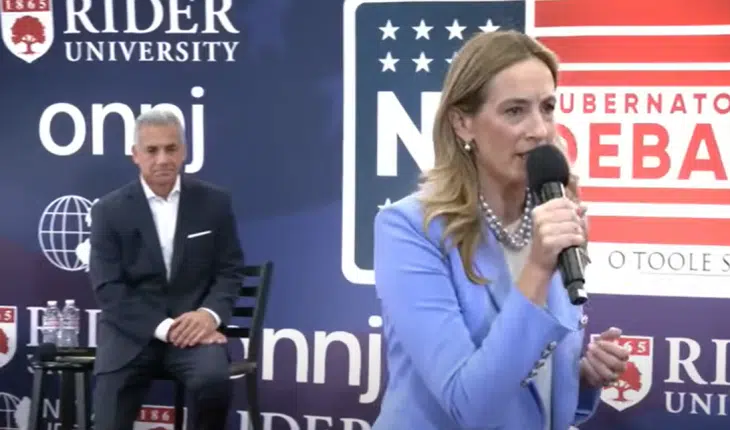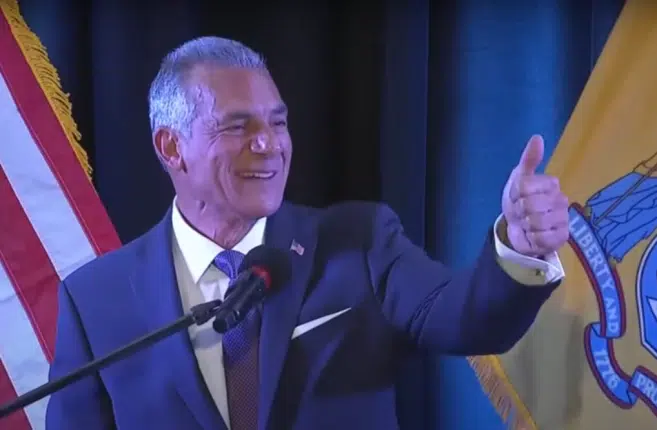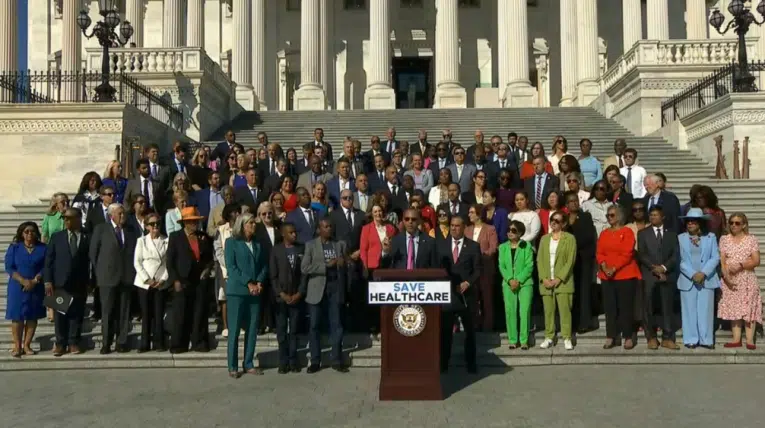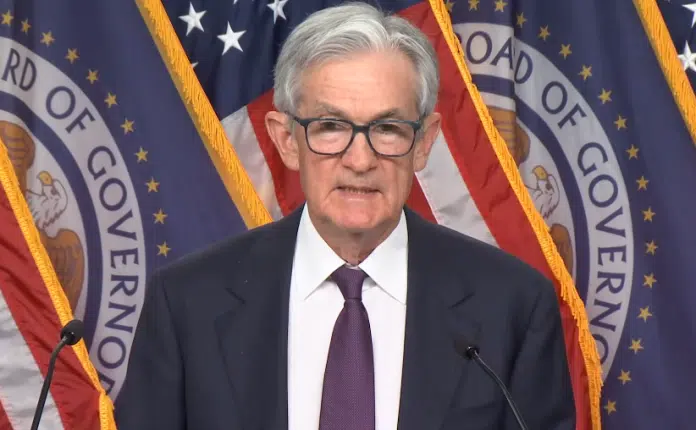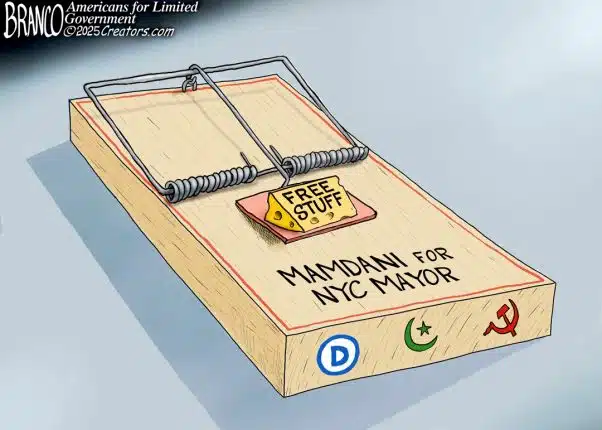The U.S. economy contracted a record-setting, inflation-adjusted, annualized 32.9 percent in the second quarter of 2020 according to the latest data from the Bureau of Economic Analysis as tens of millions of Americans waited out the Chinese coronavirus in their homes, not venturing out much except for work and needed supplies.
The second quarter comprises of April, May and June, when in Bureau of Labor Statistics’ household survey 25 million jobs were lost by April and then 8.8 million came back in May and June as states slowly began reopening.
It was by far the worst quarter in American history including the Great Depression, and gives you an idea of what a catastrophe the pandemic has been to the U.S. economy.
And that’s with the $3.3 trillion of deficit-spending Congress has pumped into the economy since the beginning of the year — and counting as Congress considers phase four legislation — to cover payroll protection for small businesses, expanded unemployment benefits, checks to every household, plus payments to critical industries, larger businesses and state and local governments.
When you ignore what the government did via the massive spending — government spending is calculated as a part of GDP — the hit to the private sector and the American people came in at a whopping 39.1 percent.
Consider that. Closing the economy for a few months cut the private sector almost in half.
Personal consumption was down 34.6 percent. That includes an 11.3 percent drop in goods consumption and a 43.5 percent drop in services consumption.
Gross private domestic investment was down 49.0 percent.
That was offset by a 17 percent increase in federal government consumption expenditures.
All of that is the equivalent of an asteroid hitting the economy.
Now, some good news. The summertime spike in new daily COVID-19 cases appears to have stabilized nationwide, including in Texas, Florida, Arizona and California, which had seen a wave of new cases as those states began reopening before changing course and making adjustments to reopening strategies.
Additionally, the Institute for Health Metrics and Evaluation projects that, even with states still continuing reopening, daily cases will be dropping through August and September, until the cold and flu season begins again in the fall.
That gives the American people something of a reprieve for the rest of summer.
But there’s bad news too. The pace of economic recovery has appeared to slow down in recent weeks amid further volatility in labor markets, where on a continuing basis those on continuing unemployment claims from the Department of Labor has stabilized at about 17 million Americans the past four weeks after dropping significantly from its high-water mark of 22.8 million on May 9.
The states that contributed the most to continued claims the week of July 18 were California, which saw unemployment rise 464,000, and Texas, which saw it rise 111,000, which have significantly slowed down the national pace of reopening. Pennsylvania added 85,000 and Michigan added 54,000.
But because those job losses are coming later in the month, they may not be accounted for in the July monthly report that comes out from the Bureau of Labor Statistics next week.
The clear predictor here is the number of daily new cases per state, and state actions to shut down their economies again. Meaning, as the virus abates the rest of the summer somewhat, you might expect a bit more reopening, and the third quarter should show a significant bounce back economically.
But once we head into September, October and November with the cold and flu season, as cases rise again, so too will the job losses likely begin mounting again. Everything could begin shutting down again.
That is why Americans, in order to safely return to work, and for children to safely return to schools, we need confidence. If it’s not a vaccine, then we’ll be needing treatments and cures — if not hydroxychloroquine that the President has touted, then something else — to supplement Americans’ immune systems as a stopgap.
But so far the federal government is not recommending anything be taken preventively. According to the Food and Drug Administration website, “there are no proven treatments for COVID-19 and no vaccine.”
Here’s the rub. Everyone’s sitting around waiting for a safe and effective vaccine as a predicate for reopening. The phase three clinical trials for the Moderna vaccine, mRNA-1273, began on July 27. A July 28 New England Journal of Medicine study found that in non-human primates, “mRNA-1273 induced robust SARS-CoV-2 neutralizing activity, rapid protection in the upper and lower airways, and no pathologic changes in the lung.” So that could be good.
But what if the vaccine doesn’t work for humans? After all, there’s never been an effective vaccine for a coronavirus in human history, including SARS.
The longer we remain without a stopgap, the less confidence the American people will have, and likely the worse the economy will do going forward, especially as we head into the cold and flu seasons. Looking back at the ten recessions that have occurred since 1948, it took on average 16 months after reaching a labor market bottom to recover.
But in the Great Recession, which from peak employment in Nov. 2007 to the bottom in Dec. 2009, saw 8.3 million jobs lost and the U.S. economy did not get them back until in Sept. 2014. It took almost five years just to get back the jobs lost. In the current case, up to 25 million jobs have been lost when the labor market bottomed in April, and about 8 million or so have been recovered. How quickly will we recover this time?
If we’re still having this conversation about the lack of effective vaccines and treatments in December and in 2021, we’ll have a choice to make. Either, we take our chances knowing there is nothing that can be done to stop the virus short of dramatic upheaval to our way of life, devastating school closures and leaving everything shut down, with millions of jobs lost, or the economy — and our country — may never recover.
Robert Romano is the Vice President of Public Policy at Americans for Limited Government.



